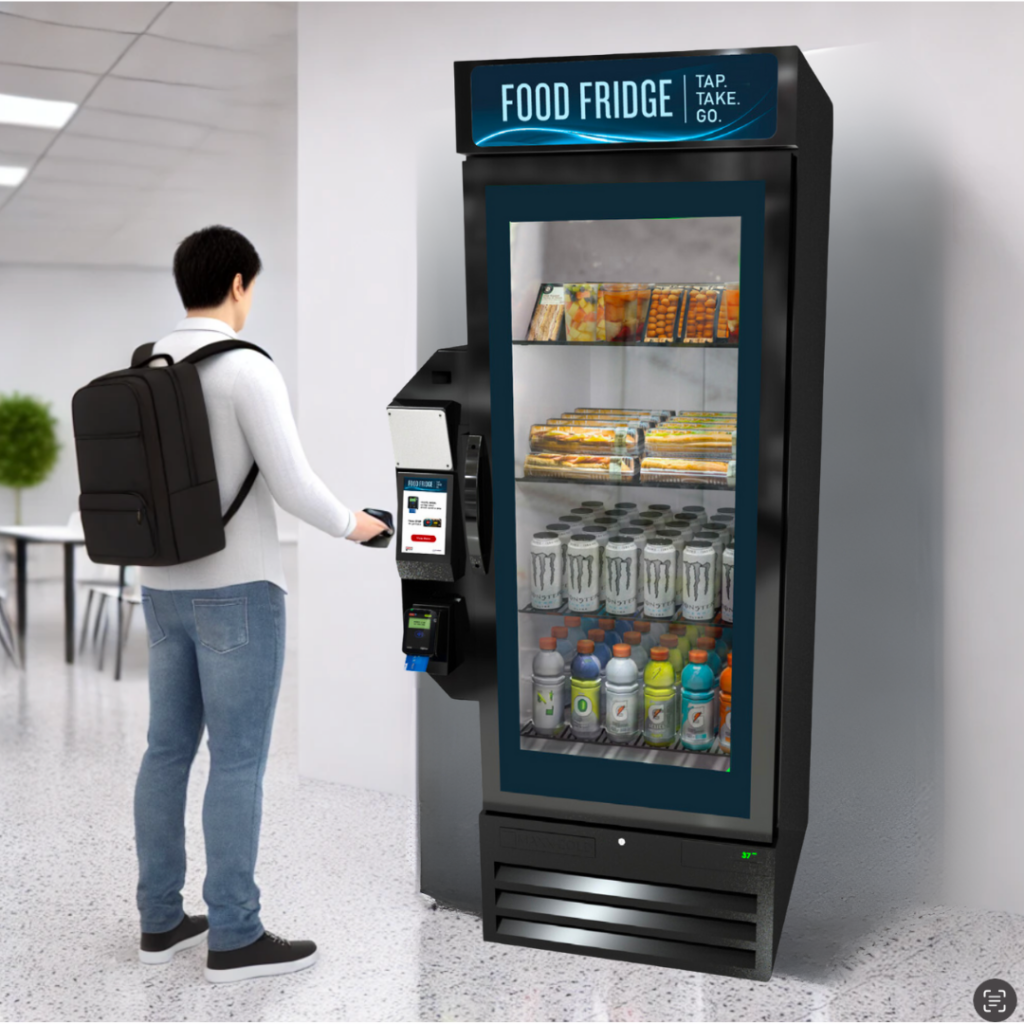Competing for consumer attention in today’s market can be challenging. Add in the growing popularity of large-format “mini stores” -- essentially automated vending machines like those from Apple, Proactiv, and Benefit -- and it’s easy to feel like the odds are stacked against you. But the good news is that a well-planned kiosk program can still stand out and succeed with the right strategies in place.
Let’s take a look at some of the critical factors that can boost your kiosk’s chances of success, from thoughtful design to strategic location planning.
1. Location Matters More Than Ever
We’ve all heard the saying, “Location, location, location,” but when it comes to kiosks, this advice goes beyond just choosing a high-traffic spot. Location impacts both design and functionality in significant ways.
Consider the Environment
•Outdoor vs. Indoor Use: Will your kiosk be exposed to the elements? If so, it will need weather-resistant materials and enclosures. Outdoor kiosks may also require specialized screens for visibility in sunlight and temperature regulation to withstand extreme weather conditions.

•Lighting Needs: Does the kiosk need extra lighting to be easily noticed or used in dimly lit areas, such as parking lots or malls? Built-in lighting or backlit displays can make a huge difference in attracting attention.
Flexibility in Placement
If the initial location isn’t delivering the results you anticipated, can the kiosk be moved? Modular or portable kiosk designs allow for easy relocation, enabling you to experiment with placement until you find the perfect spot. This flexibility can be a game-changer, especially in competitive markets.
2. Design for Engagement
Your kiosk only has a few seconds to make a lasting impression—so make it count. The first time a potential customer walks by, your kiosk should stand out in a way that feels fresh and compelling.
Grab Attention
Use bold colors, eye-catching signage, lighting effects, or even sound to draw customers in. While these elements might initially catch someone’s eye, they must also be paired with a clear and enticing message. What problem does your kiosk solve? Make it obvious at a glance.
Compel Interaction
The goal is to make users want to touch your kiosk. This is where design meets psychology. The kiosk software's user interface (UI) should be intuitive, with clear prompts and easy navigation. If your kiosk looks complicated or intimidating, customers may hesitate to engage. On the other hand, if it feels inviting and simple, they’re much more likely to interact with it.
3. Reliability is Key
No matter how great your kiosk looks, it won’t matter if it doesn’t perform flawlessly. A kiosk must work seamlessly every single time. Reliability is especially critical for repeat business, which is the foundation of long-term profitability.
Prioritize User Experience
•Ensure that the software is bug-free and fast. No one wants to stand in front of a kiosk waiting for it to load.
•Make payment options simple and secure, whether customers are using credit cards, mobile wallets, or cash.
•Regularly maintain and update your kiosks to prevent downtime or malfunctions.
Offer a Service Customers Can’t Do Without
For your kiosk to succeed, it needs to offer value that customers find irresistible. Whether it’s the convenience of quick payments, streamlined ticketing, or access to unique products -- like fresh food -- the service must fill a genuine need.

The REDYREF Difference: Your Partner in Kiosk Program Success
Launching a successful kiosk program isn’t just about having a great product; it’s about planning and execution. That’s where REDYREF comes in. As a vertically integrated kiosk manufacturer, we handle everything from initial design to fabrication, software development, and deployment. This end-to-end approach ensures your kiosk is not only eye-catching and functional but also built to thrive in your chosen environment.
Whether you’re just starting to explore the idea of deploying kiosks or are ready to launch, we’re here to guide you every step of the way. Ready to get started? Contact REDYREF at (800) 628-3603 or request a proposal online today. Let’s make your kiosk program a success!


